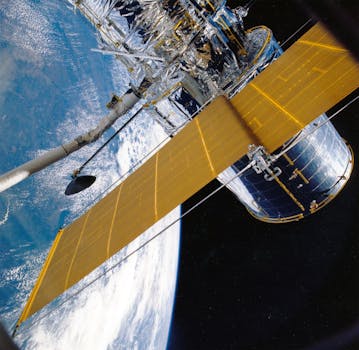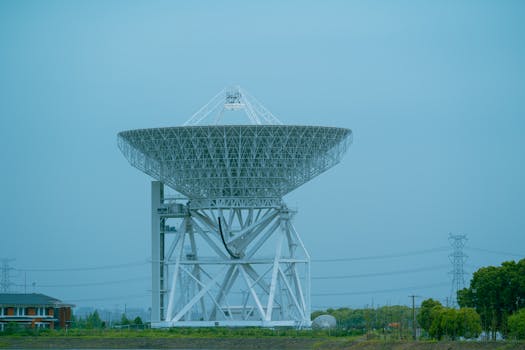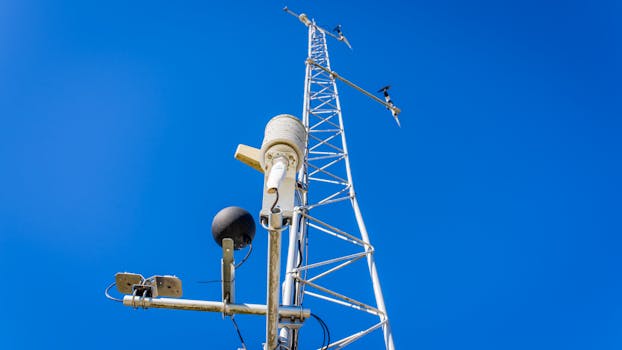Navigating the Skies: Insights into Recent Satellite Telecommunications Innovations

Navigating the Skies: Insights into Recent Satellite Telecommunications Innovations
Satellite Telecommunications has undergone significant transformations in recent years, driven by advances in technology and the increasing demand for global connectivity. The focus keyword Satellite Telecommunications is at the forefront of this revolution, enabling the deployment of innovative services and applications that are changing the way we live and work.
Introduction to Satellite Telecommunications

Satellite telecommunications involve the use of artificial satellites to transmit and receive signals, providing a means of communication over long distances. This technology has been around for several decades, but recent advancements have significantly improved its capabilities and reduced costs. The development of new satellite constellations, such as those launched by companies like SpaceX and OneWeb, has increased the availability of satellite-based internet services, making it possible for people in remote and underserved areas to access high-speed internet.
Recent Innovations in Satellite Telecommunications

Several recent innovations have contributed to the growth and development of satellite telecommunications. One of the most significant advancements is the use of low-Earth orbit (LEO) satellites, which operate at altitudes of around 1,200 kilometers. LEO satellites have several advantages over traditional geostationary satellites, including lower latency, higher bandwidth, and improved signal strength. Another innovation is the development of phased array antennas, which enable satellites to steer and shape their beams electronically, increasing their flexibility and performance.
Applications and Trends in Satellite Telecommunications

The increasing adoption of satellite telecommunications has led to the development of various applications and services. One of the most significant trends is the growth of satellite-based internet of things (IoT) services, which enable the connection of devices and sensors in remote areas. Satellite telecommunications are also being used for emergency response and disaster relief, providing critical communication services in areas affected by natural disasters or conflicts. Additionally, satellite-based services are being used for navigation and tracking, enabling the monitoring of vehicles, ships, and aircraft in real-time.
Conclusion and Future Outlook

In conclusion, recent satellite telecommunications innovations have transformed the way we communicate and access information. As technology continues to evolve, we can expect to see even more innovative applications and services emerge. The future of satellite telecommunications looks promising, with the potential to bridge the digital divide and provide global connectivity to underserved communities.
See more:




